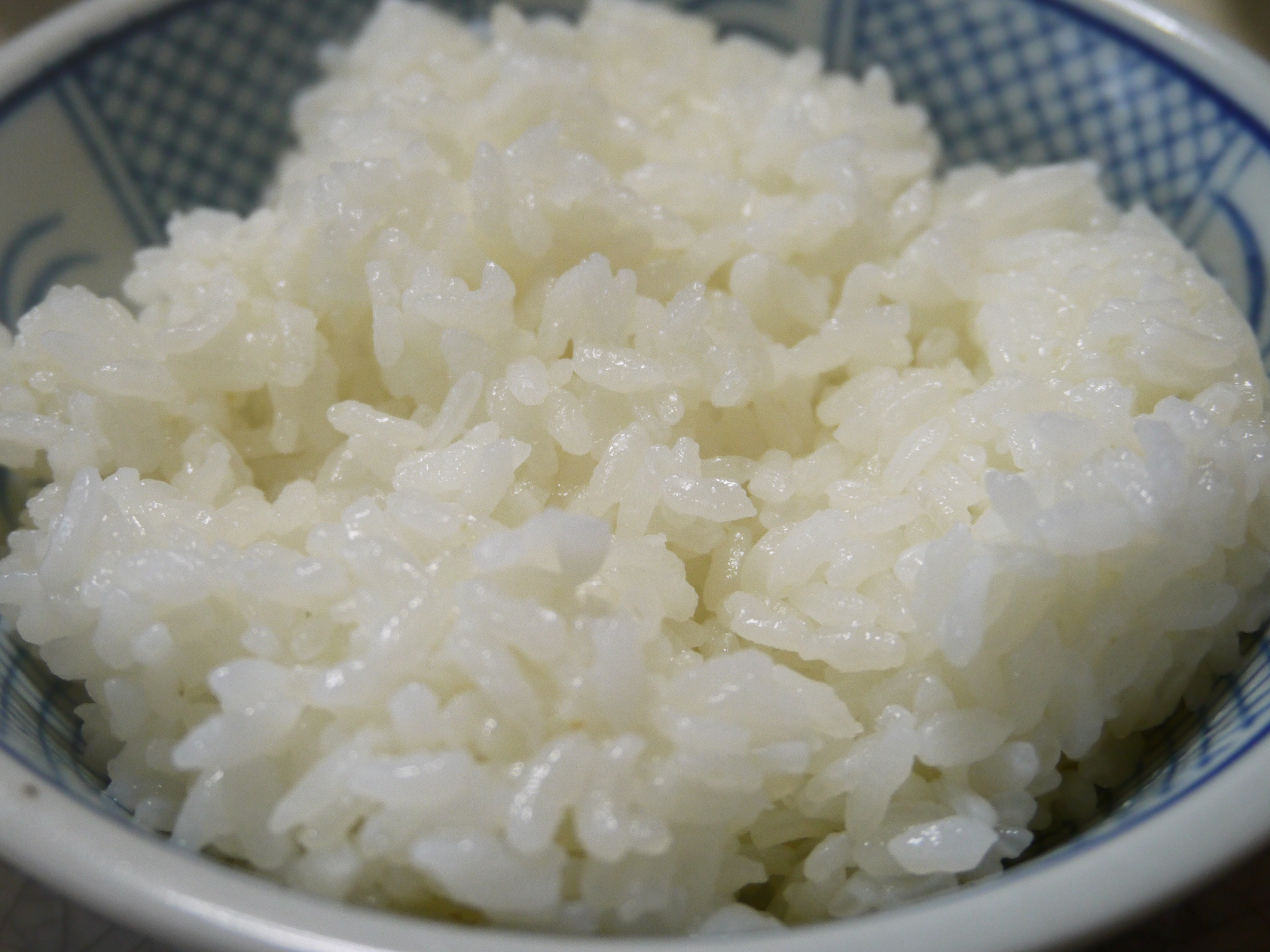
Tuesday, October 15, 2019 - One of the arguments that has been advanced to promote  genetically engineered crops is that the techniques have the potential for improving the food we eat. Crops could be engineered so that they provide nutrients they currently don't or so that good nutrition is in reach of poor people in developing nations.
genetically engineered crops is that the techniques have the potential for improving the food we eat. Crops could be engineered so that they provide nutrients they currently don't or so that good nutrition is in reach of poor people in developing nations.
In fact, the technology does have that potential, and a couple of efforts have been made to do exactly this. Yet, decades into the GMO era, all of the engineered crops on the market provide enhanced productivity and other benefits to farmers but nothing for the people who ultimately end up eating the results. So why the huge gap between potential and reality? The huge number of problems involved is the subject of a review in Nature Plants.
Using genes from other plants, researchers engineered rice to produce a precursor to vitamin A, something that's lacking from rice-dominated diets; deficiencies in vitamin A can lead to a form of childhood blindness. The first version of rice engineered to carry the new trait dates back nearly two decades. But, since that version was announced, nearly everything has gone wrong with efforts to get it in the hands of farmers.
The initial version of the crop actually put very low amounts of the desired nutrient in the edible portions of rice. Switching to another form of the gene (one from corn) solved that, but the new version ended up with the added gene inserted in the middle of a gene essential for the activity of a plant growth-regulating hormone. Switching to a different version of the same plant solved that but delayed the process. Once field trials were finally ready to start in 2013, anti-GMO activists destroyed the plantings, setting everything back.
Omega-3 fatty acids are an important part of normal metabolism, but mammals aren't able to produce them—they must be obtained through food. Unfortunately, they're not produced by any of our major food crops either. The primary source in most people's diets ends up being fish, and specifically fish oils. But the fish don't make them either; rather, they accumulate in the food chain thanks to their production by plankton and algae.
Making omega-3s involves a pathway that requires several distinct proteins to catalyze different steps. Identifying and cloning these proteins into experimental organisms like yeast was enough to produce some of the desired material, but the yields were low because the pathway wasn't well integrated into the organism's basic metabolism. Detailed study of these issues gradually resolved all the bottlenecks, allowing the production of fatty acids in a variety of organisms, including plants.
Ultimately, genetically modified plants were able to produce seed-based oils with levels of omega-3s that were similar to that found in fish oil. In this sense, it was the converse of golden rice: building a foundational understanding of how to get the pathway to work in plants took a while, but, once it was complete, things progressed pretty rapidly.
Oil from GMO seeds has been tested in feed used for aquaculture and can substitute for the normal dietary input. But perhaps the most critical feature is that two of those three options—the ones involving using the GMO crop product in animal feed—provide a layer of abstraction between the GMO crop and human consumption. Both examples ultimately show that, given enough time, researchers can push through and engineer a more nutritious crop. But if society is not ready to accept GMO foods, their efforts won't ultimately make much difference.
Learn More at this Link